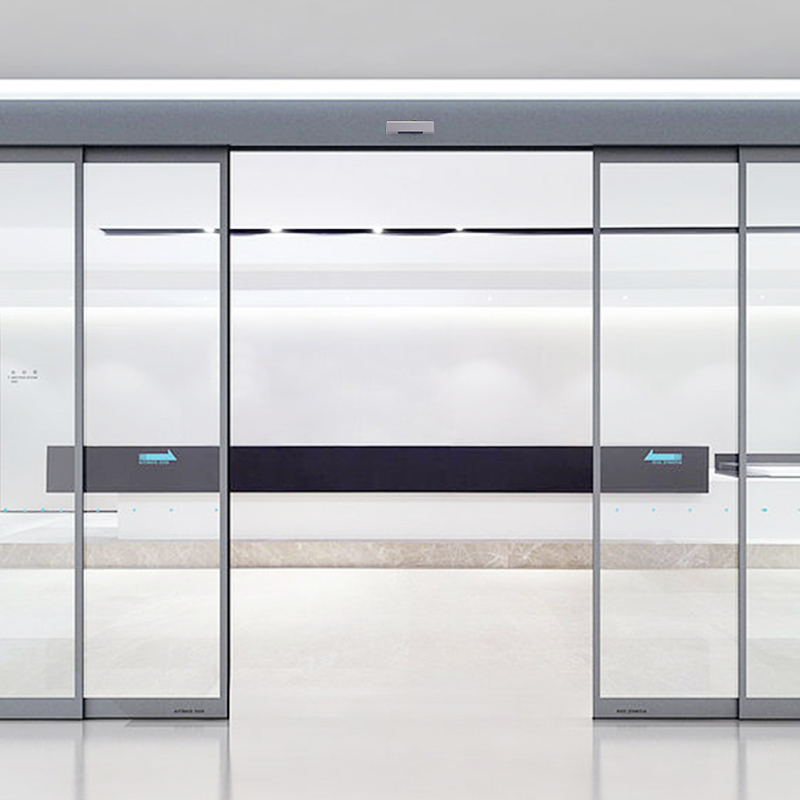What measures are taken by automatic door sensor OEMs to ensure compliance with safety regulations and standards in different regions or industries?
As the demand for automatic doors increases in various sectors, from hospitals to retail stores, the need for ensuring safety and compliance with regulations becomes paramount. Automatic door sensor OEMs (Original Equipment Manufacturers) play a crucial role in meeting these safety standards. This article explores the measures taken by these OEMs to ensure their products adhere to safety regulations and standards in different regions or industries.

1. Understanding and Adapting to Local Safety Standards
Automatic door sensor OEMs conduct thorough research to understand the specific safety regulations and standards of each region or industry. This involves a detailed analysis of local laws, codes, and standards set by governing bodies or professional organizations. By staying updated with these regulations, OEMs can ensure that their products meet the minimum safety requirements.
2. Designing for Safety
OEMs prioritize safety in their product design process. This involves incorporating features such as obstacle detection sensors, emergency stop buttons, and controlled opening and closing speeds. The doors are designed to minimize the risk of collisions or entrapment, especially in high-traffic areas.
3. Rigorous Testing and Certification
OEMs conduct rigorous testing to ensure their products perform as intended and comply with safety standards. This includes laboratory testing, field testing, and third-party certification. Third-party certification is particularly important as it provides an independent verification of the product's safety and compliance with regulations.
4. Providing Customized Solutions
Different industries and regions may have unique safety requirements. OEMs offer customized solutions to meet these specific needs. For example, in healthcare facilities, doors may need to be designed with additional features to ensure patient safety and privacy. OEMs work closely with customers to understand their specific requirements and provide tailored solutions.
5. Ongoing Training and Support
OEMs provide ongoing training and support to ensure that end-users understand and operate the automatic door sensors safely. This includes training on how to use the emergency stop buttons, perform routine maintenance checks, and recognize potential safety hazards. OEMs also provide support in case of any issues or malfunctions, ensuring prompt resolution and minimizing any potential safety risks.
6. Collaborating with Regulatory Authorities
OEMs actively collaborate with regulatory authorities to stay updated with any changes in safety regulations and standards. They participate in industry forums, workshops, and meetings to share best practices and learn from other industry players. This collaboration helps OEMs stay ahead of the curve and ensures that their products remain compliant with the latest safety regulations.
In conclusion, automatic door sensor OEMs take multiple measures to ensure compliance with safety regulations and standards in different regions or industries. From understanding and adapting to local standards, designing for safety, rigorous testing and certification, providing customized solutions, ongoing training and support, to collaborating with regulatory authorities, these OEMs strive to provide safe and reliable products that meet the needs of their customers.







